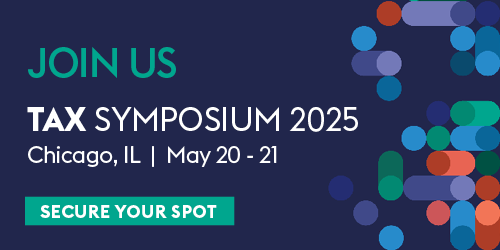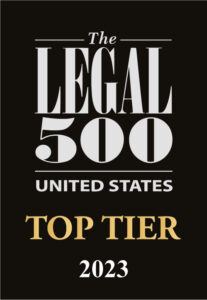A substantial amount of our practice over the years has involved representing clients before the US Tax Court. And, we both started our tax careers clerking at the Tax Court and working on dozens of orders and opinions. Needless to say, we are familiar with the ins and outs of the Tax Court.
When it comes to the system of citation and style used by the Tax Court in its orders and opinions, it generally endorses use of the Bluebook. Our historic practice in filing documents with the Tax Court involved following the citation and style used in its orders and opinions, even where that citation and style varies from the Bluebook. Based on our clerkships and familiarity with many of the judges, we have always believed that clerks and judges prefer to read filings that use the same citation and style that is used in orders and opinions.
The Tax Court recently issued a new Citation and Style Manual (Manual) for the purpose of providing consistency within the Tax Court and with other federal courts. The policies and procedures in the Manual are intended to serve as guidance for documents issued by the Tax Court to the public, although each authoring judge retains discretion on citation and style. A couple of notable changes include the use of italics rather than underscoring for signals, citations and emphasis, as well as changes in the way Internal Revenue Code provisions and US Department of the Treasury Regulations are cited.
Practice Point: It may seem trivial to some but following the Manual is important for taxpayers and their representatives when filing documents in the Tax Court. Accordingly, we recommend reviewing the Manual and conforming your filings to the citation and style set forth therein. Making your points in filings in a clear, direct manner using the style recognized and accepted by the Tax Court will assist you in being successful in your Tax Court litigation.
read more

 Subscribe
Subscribe




